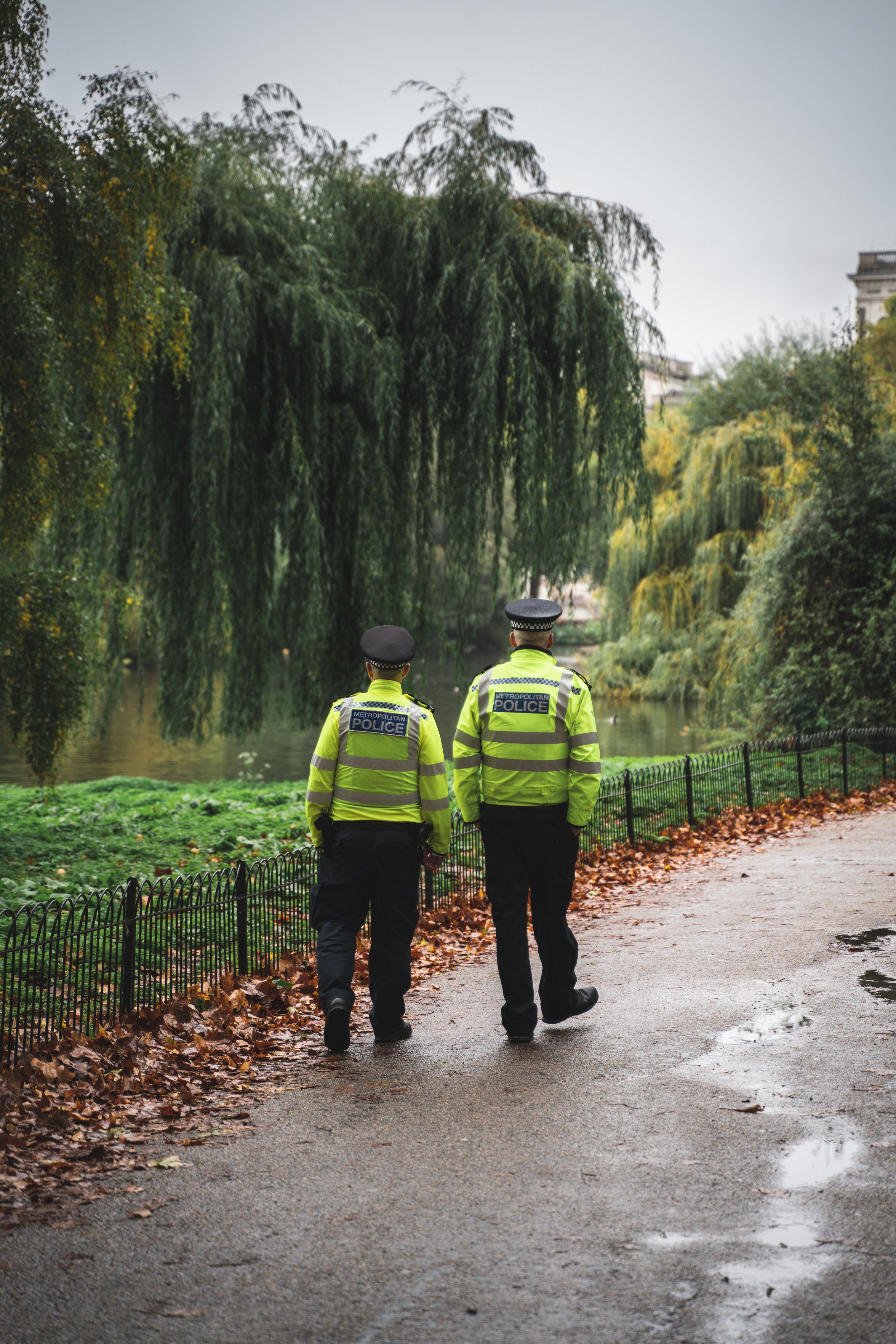Policy priorities
Rethinking Policing
Tensions continue to be exacerbated and children continue to be harmed by police practices such as stop and search, strip search, and use of force, all of which are racially disproportionate. Changes to policies and regulations are needed to ensure police resources are directed towards more positive engagement and activities that help to safeguard children. As an extensive network, we are working to build consensus, and bring together organisations at different touch points with police to map, and push for, a reimagined policing model.
Ensuring custody is a last resort
Custody continues to be used not solely as a last resort, nor for the shortest appropriate period of time, as prescribed by the UN Convention on the Rights of the Child. To hold the government to account for failing to take action to minimise the use of custody for children, and to push for improvements to policy and practice around sentencing, remand, and management of children in custody, we are using and developing evidence and policy positions set out in our Ensuring custody is the last resort for children in England and Wales report, and Crises and crossroads for the children’s secure estate: Resisting child imprisonment and rethinking youth custody post-pandemic policy briefing.
Reframing violence
Children involved in serious violence and the youth justice system are particularly vulnerable, often face multiple disadvantage, and are frequently victims of crime, violence, and exploitation. Yet narratives around violence and the response to children affected often fail to recognise this, risking the criminalisation of children when safeguarding should be the priority. Violence needs to be reframed such that state violence and state failure is understood as the key driver of violent crime. Our external communications programme will explore a number of different themes in order to reframe violence, and raise awareness across the sector, bring in the voices of children and young people, practice expertise, and research and evidence.
Explain and reform
It’s over five years since the Lammy Review highlighted racial inequality in the youth justice system as its ‘biggest concern’ and called for a new requirement across the justice system to ‘explain or reform’ racial disparities - but since then, racial disparity in the youth justice system has worsened. We are researching the cumulative journey undertaken by racially minoritised children in contact with all points of the youth justice system, and working with stakeholders to reform youth justice policy where necessary and hold agencies at each stage to account for their role in contributing to disparities, and take action to address it.





